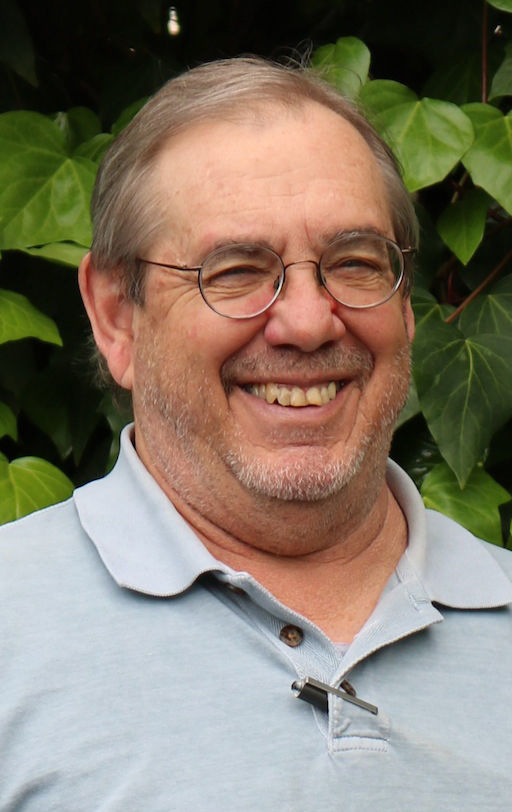This year of 2020 that is now coming to an end started when three people in Wuhan, China were found to have contracted a “severe acute respiratory syndrome coronavirus” which became known as COVID-19 and has now infected 73 million people worldwide and has killed 300,000 U.S. citizens and 1.62 million global inhabitants with the threat of killing millions more into the new year. The rapid spread of the virus closed whole countries, stopped international air traffic, halted global commerce and changed our domestic political debate.
But now this year is also ending with the deployment of a set of disease-fighting vaccines that promises to provide eventual immunity against the coronavirus. The novel coronavirus pandemic was predicted a few years ago but the medical miracle of the rapid development of a vaccine was not. Such is how history will be told about these long and lonely months, the Pandemic of 2020, and the scientific breakthrough that has been 54 years in the making. Very few, if any, miracles are instant, especially in modern medicine.
To be certain, the federal government’s Operation Warp Speed propelled a legion of scientists, laboratory technicians, clinical researchers and drug manufacturers — not to mention ultra-cold freezer fabricators, airplane pilots and freight deliverers. But it was a trio of biochemists and researchers, working independently at three laboratories 40 and 50 years ago that solved the riddle of how to control the basic protein structure of messenger RNA, that is the miracle of the COVID-19 vaccine.
It so happens that another set of scientists from the U.S. National Institutes of Health (NIH) last January were conducting field tests on a mRNA vaccine against a deadly virus spread by bats. When the first cases of COVID-19 were found in Wuhan, China the scientists changed their target and started to write history.
Basic science and global deployment is the work of big government. We have a vaccine from Pfizer-BioNTech because several governments invested hundreds of billions of dollars. No private, for-profit laboratory, not even one worth $179 billion like Pfizer, would risk such a gamble. The Moderna vaccine is the result of two decades and $10 billion of support from NIH.
If the collection of vaccines ultimately brings herd immunity to our planet, it will mean that 14 billion doses of the vaccines must be manufactured and administered. Billions more doses may be needed for future years of booster shots.
This colossal effort is reminiscent of other big government moments such as the New Deal programs that ended the Great Depression of the 1930s, the rapid erection of the American war machine that defeated fascism and Nazism in World War II, the Kennedy-era moon shot, and more recently, the national response against the 9/11 terrorist attacks and the recovery of our banking system and automobile industry after the 2008 Great Recession. And, most recently, how many jobs and small businesses did this year’s federal Payroll Protection Plan save?
Next we need big government moments to fight climate change, create a new sustainable energy economy to replace fossil fuels and we need our federal government to lead lasting changes to our society to end structural racism, social injustice and income inequality. These efforts, sparked by federal investments would create a billion or more new jobs and new opportunities for individuals and suppressed communities.
Sonoma County has much at stake in these global-sounding aspirations. Besides fighting the COVID-19 pandemic, this summer’s Black Lives Matter marches and record-long food giveaway lines have told us we have work to do.
We are being promised the COVID-19 vaccines will eventually allow us to return to our normal lives, but that is not what we want. The majority of U.S. voters just elected a new president who is poised to lead us through a series of big government initiatives. A return to normal sounds like an anti-vaxxing denial.









